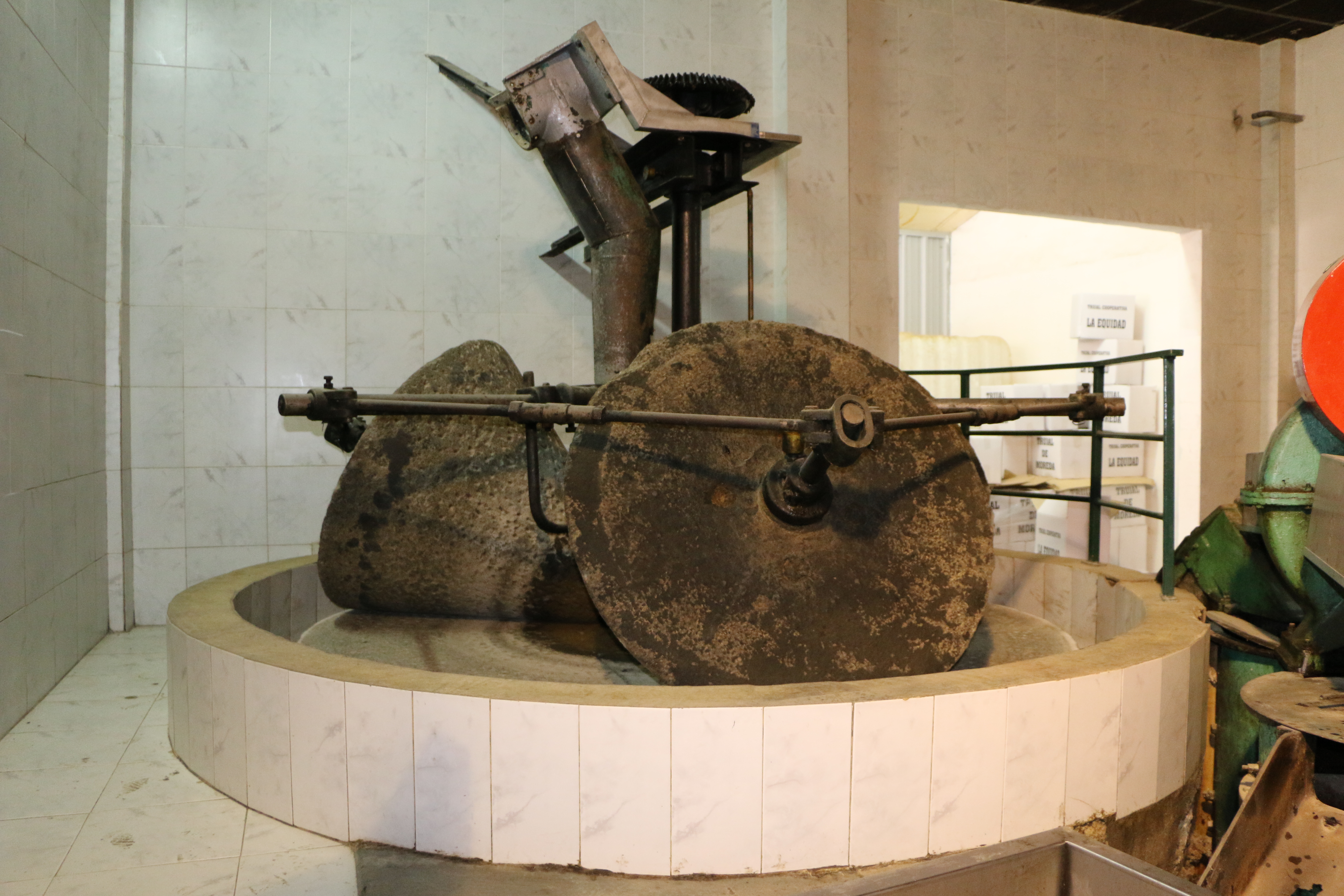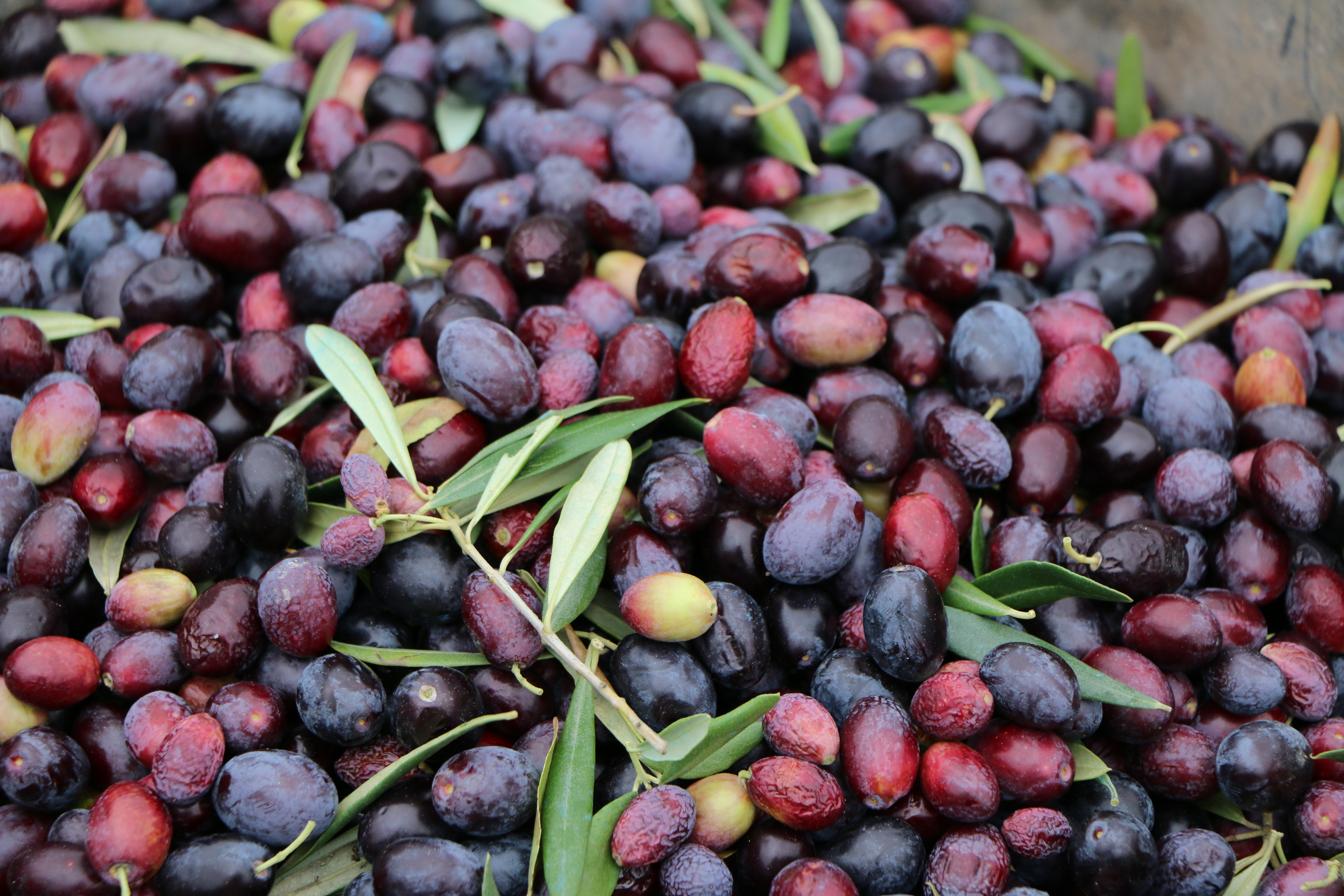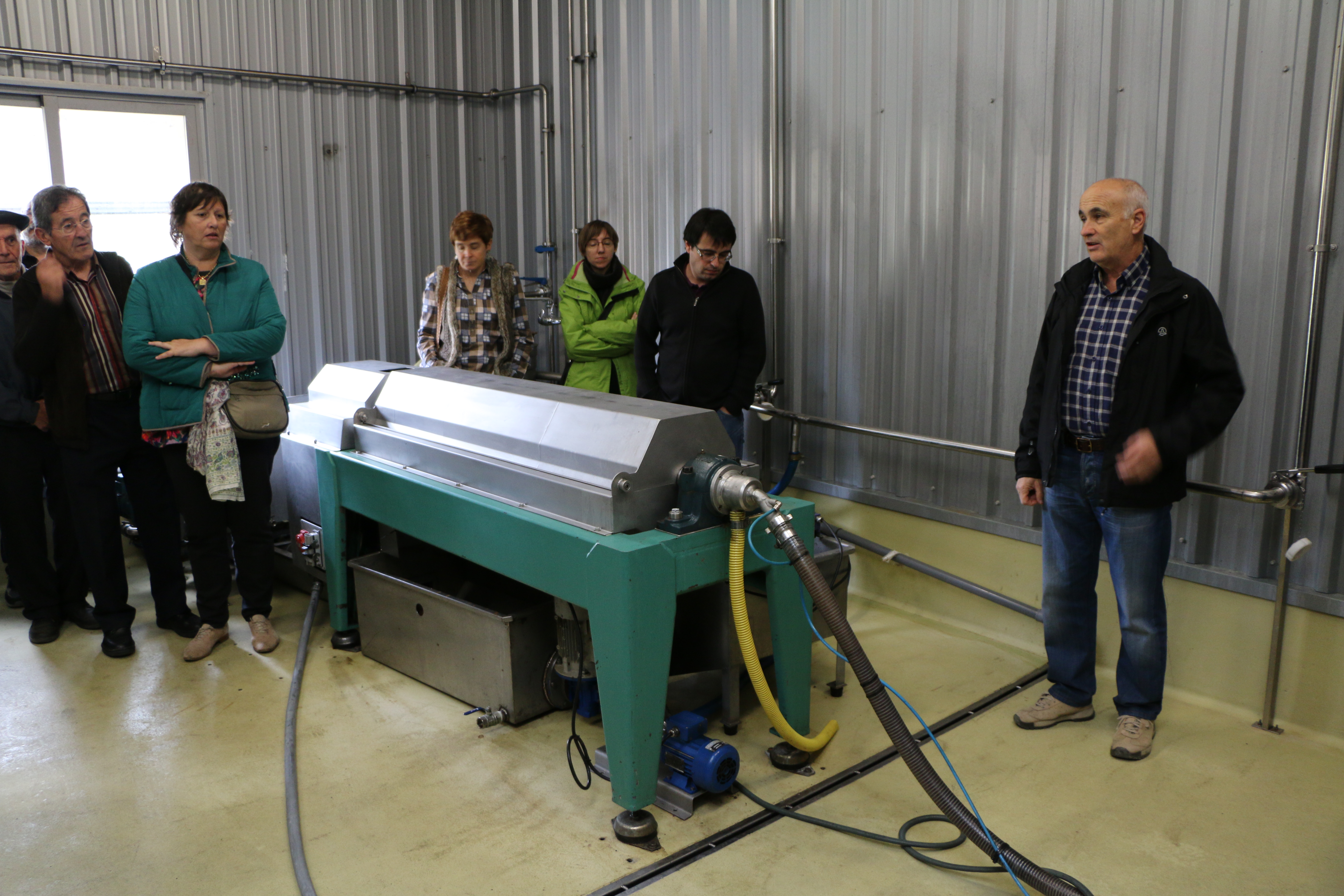Basque ethnography at a glance
Striking and surprising as it might be, we have a thriving oil industry in the Basque Country that produces high-quality extra-virgin olive oil. There is no need to travel to Jaén or elsewhere on the Iberian Peninsula to taste delicious olive oil. We have it right here.
The most southern lands of Euskal Herria, that is, the Rioja Alavesa (Álava) and Tierra Estella (Navarra) regions stretching between the Toloño-Codés Mountains and the Ebro River, offer an agricultural landscape of cereal crops, vineyards and olive groves. The native Arróniz is the predominant olive variety, and most of the plantations are relics of centuries past.
Situated on the easternmost end of the Rioja Alavesa area, Moreda is known to be the capital city of the Basque oil industry. Since the flourishing of rural villages in early Roman times to this day, Moreda has been a reference point for olive cultivation in the Basque Country. Back in the 18th century Juan Antonio Garín de Lazcano, born in Moreda and a member of the Real Sociedad Bascongada de los Amigos del País – Royal Basque Society of Friends of the Country, stood out for his writings on olive growing and his efforts to promote olive culture.

Traditional oil mill: bed and runner stones. La Equidad de Moreda Cooperative Society. José Ángel Chasco.
Harvesting takes place at the beginning of December. The olives are stripped off the branches by hand and into chestnut baskets. Any dirt, twigs or leaves caught up in the collection process are sieved out, and the drupes are taken to the mill and press. A modern grinder and a decanter centrifuge have nowadays substituted the old millstones and hydraulic press traditionally used to crush the fruit and extract the oil, which in turn replaced half a century ago the former animal- and human-powered mill with stones and either a joist and hundredweight press or a chapel press in which the screw shaft was driven by a wheel.
The decanted oil presents an attractive greenish-yellow colour and provides a fresh and balanced flavour with a slightly bitter finish. It is now time to enjoy the new oil harvest: extra virgin, organic or Euskolabel labelled oil, whichever suits your palate. The V Feria del Aceite de Álava 2016 – 5th Álava Olive Oil Fair 2016 opens its doors on 27 March. Visitors will have the chance to experience the world of olives and olive oil production in the Basque Country.
References for further information: “Olivos y aceitunas, trujales y aceite: El cultivo del olivo y la elaboración del aceite en Rioja Alavesa” in Anuario de Eusko Folklore 50. Agriculture in the Basque Country is the forthcoming volume of the Ethnographic Atlas of the Basque Country collection.
José Ángel Chasco – Etniker Álava – Etniker Euskalerria Groups
Translated by Jaione Bilbao – Language Department – Labayru Fundazioa



